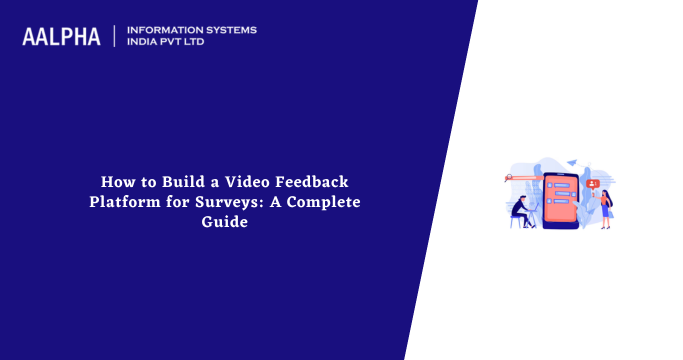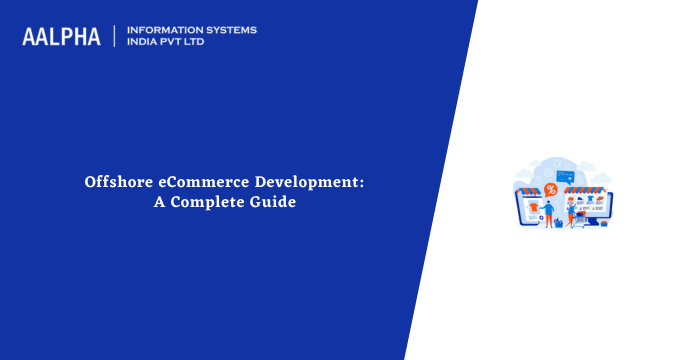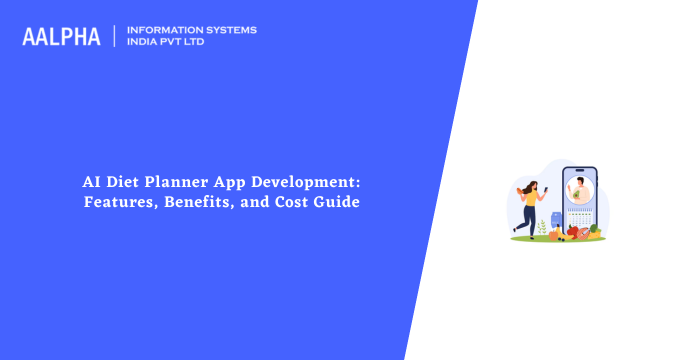Digital business models are on the rise as everyone goes gung-ho on web and mobile applications. With the app ecosystem growing leaps and bounds, it is imperative to have a neatly designed and coded business application to reach and communicate with your target audience.
An intuitive app is a given. Today, applications are expected to be intelligent- they need to understand the purpose for which they have been developed, the device on which they are being accessed, the person who is using the app, and the expectations which it needs to fulfill. If an app is unable to personalize the user experience, the user will not use the application again. If you as a business is unable to help your customers by delivering what they want in the form they prefer, your competitors will, leaving you behind in the race.
If you don’t change, you will perish! In short, you need to understand your customers. An app with 360 degrees of understanding of its users would rate high amongst the community and serve the purpose of achieving increased reach and enhanced revenue generation.
Hence, delivering an exceptional user experience is the key to successful businesses.
User Experience is not just limited to the interface but the overall user interaction with the application- right from the moment one opens the application through navigation across pages, purchase/ consumption of services, and the final exit. Positive user experience is the key to increased app usage and repeat visits and repeat purchases.
What “User Experience” is NOT?
The term user experience is widely misunderstood. Businesses equate user experience with error-free codes and a good User Interfaces. While these elements are important, they are just a part of the entire User Experience paradigm. Before we move on to understand what user experience is, we will need to understand what it is NOT.
> User Experience is not equal to usability- it does not pertain to the user interface only. Neither does it reflect upon how easy is it to learn the app or navigate through the pages and functions
> User Experience is not qualitative- it does not just mean that the user enjoyed the visit, nor does it mean that the app navigation is neat.
Breaking the Myth: User Experience is not User Interface
The heart of this argument being “An interface is not the solution”; a product offering a good user interface might not yield the desired information/result a user is searching for. However, a product offering a good user experience will also account for a good user interface.
An analogy shall speak for the truth here. Consider the human body as the product. In this case, the frame of the body and blood forms the code of the human body.
User Experience (UX) Design will depend upon the organs of the body. The network of organs will measure and optimize the input (blood) for supporting life functions.
And the User Interface (UI) design is represented by the outer skin, i.e. the cosmetics providing senses and reactions.
Given this, UI without UX is a brain without thought. Both UI and UX are essential for the product’s success.
What is User Experience?
User Experience Design spans the entire experience of a user. Great UX designs often go unnoticed. It is when the app takes longer to load, an app’s navigation is complex to understand or an app function fails to perform that we notice the importance of user design. User Experience is hence, a necessity.
User experience comprises the individual’s behavior, attitude, and emotions about the subject product or service. It involves interaction between the individual and back-end processor driven by the product owner. Multiple criteria including utility, ease of use, and efficiency are considered.
Being user-dependent, UX is relatively subjective in nature to the degree that it is about individual perception and thought with respect to the system. Creating a user experience is the process of designing the entire customer experience to induce satisfaction and loyalty by augmenting and enhancing usability and ease of use during the interaction between the customer and the product. It spans all aspects of the end-users interaction with the company, its services, and its products, regardless of the medium.
In this respect, User Experience Design translates to the process of development and improvement of quality interaction between a user and all touchpoints of a company. To Summarize:
> User Experience is controllable and intentional. Individual elements can be designed with the user persona in mind.
> User experience is dynamic – With changing usage circumstances and changes to individual systems, the experience gets modified.
> User experience is measurable. Commonly used matrices across the industry are effectiveness, efficiency, expedience, and error-preventability
Making it to the next level in User Design
User Design increases recall amongst the user community and can go a long way in creating brand ambassadors to spread your word. Commercial applications with good user experience earn better revenues. Users have a higher probability of purchasing from a website or application delivering an enhanced user experience.
Such apps are highly productive as they are fast at exchanges and need less training to understand. Troubleshooting required is minimum and hence, this allows more time to develop enhancements and updates.
How to create an app with a mind-blowing User Experience?
A user experience-oriented app is purposeful and audience-oriented.
Spanning through the entire process of research, testing, development, content, and prototyping, applications need to be developed with user experience tests and requirements in mind at each stage.
At the outset, user experience design must start with an in-depth understanding of the target audience – who they are, their likes and dislikes, their online behavior, and some data-driven insights to predict their behavior. This essentially means that designers need to generate ‘user personas’ for the dominant character types within their target segments and then formulate goals for the project at hand accordingly.
The next step is to design the information architecture using data inventory and organize it into an innovative information hierarchy. This is particularly beneficial during the prototyping stage.
Having chosen a highly cost-efficient and easy-to-build and modify prototyping method, prototypes are developed with coordination between product and design team. This is then tested with different sets of users and the feedback collected is analyzed for incorporating incremental changes. This is where an agile business model is useful.
Like Aalpha, following a structured development process with agile methodologies and keeping user persona in mind is the key to developing a memorable and unique user experience. Such user experience results in increased brand awareness, positive word of mouth, amplification of the message to be communicated, and enhanced product revenues by beating competition hands down. Remember, the customer is the king and user experience drives the product roadmap.
You can read more about user experience solutions from Aalpha here: UX Design
Also check: UX Common Dark Patterns





Share This Article:
Written by:
Stuti Dhruv
Stuti Dhruv is a Senior Consultant at Aalpha Information Systems, specializing in pre-sales and advising clients on the latest technology trends. With years of experience in the IT industry, she helps businesses harness the power of technology for growth and success.
Stuti Dhruv is a Senior Consultant at Aalpha Information Systems, specializing in pre-sales and advising clients on the latest technology trends. With years of experience in the IT industry, she helps businesses harness the power of technology for growth and success.